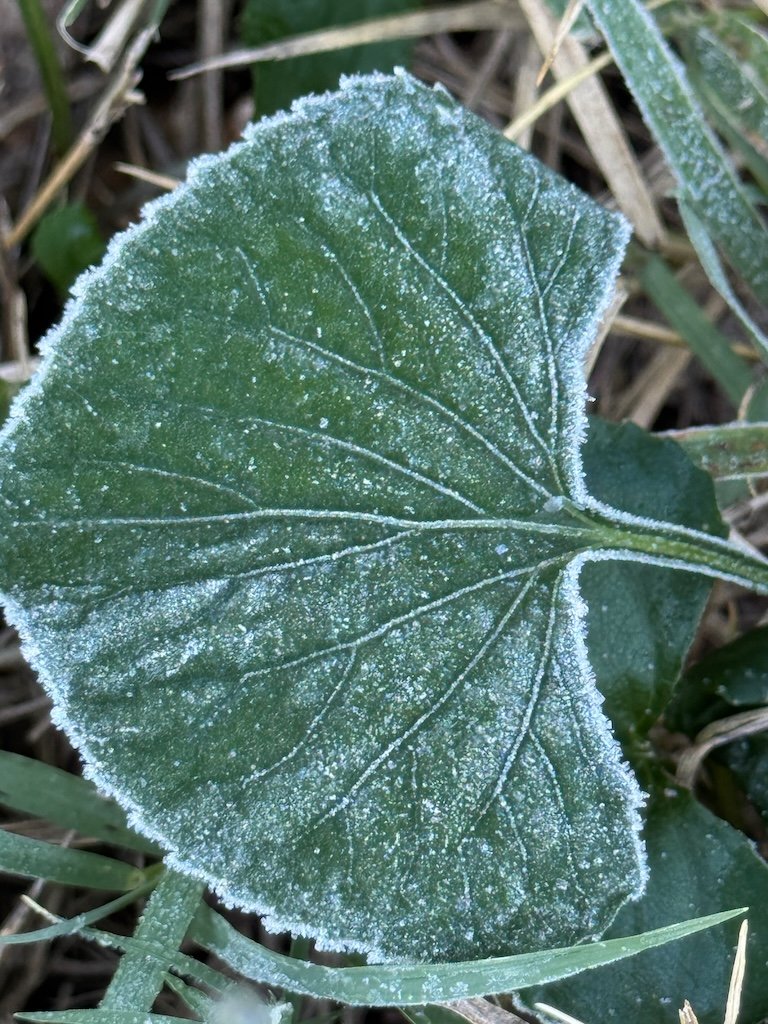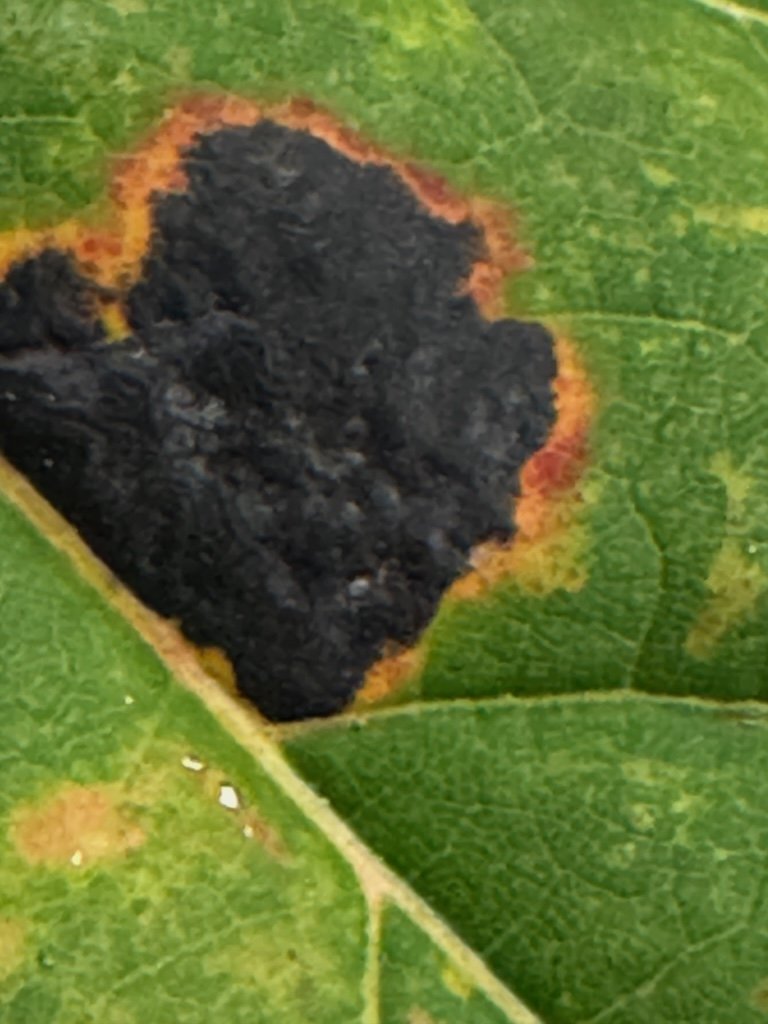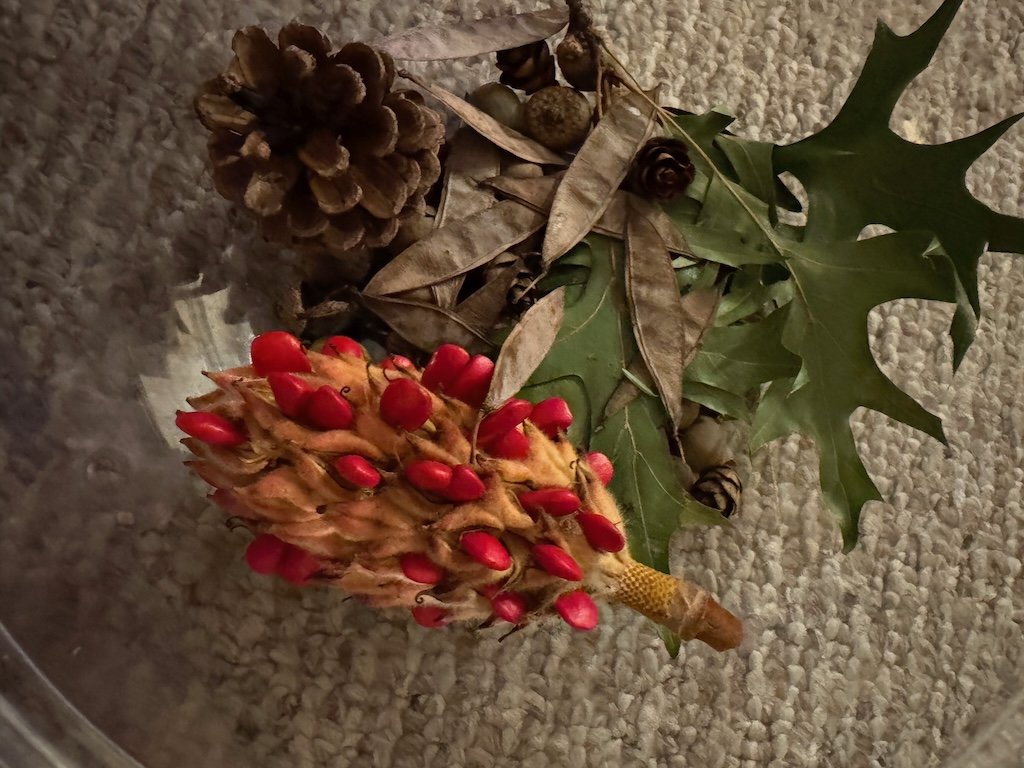Next Spring Dreaming
/I have been doing some seed planting this fall…dreaming of what will come up next spring. There are some areas that I might have to thin in a few years if too many of the seeds grow!
On the east side of the house where I have a patch of volunteer lambs ear taking over a bare spot in the yard, I planted a persimmon seed. If it grows, it would help stabilize the slope on that side of the house.
In the same area that I planted a spicebush (right side of image), I planted 3 pawpaw seeds…visions of a spicebush and pawpaw garden in that corner of our yard.
A little further down in the violets that have grown into the grass…directly out from my favorite office window, I planted two red buckeye seeds…hopefully I got them far enough apart that they could both thrive (I will feel lucky that even one comes up). I used the iris and peacock stakes to mark where I planted them. I have visions of blooming buckeyes enjoyed by frequently visiting hummingbirds! The American spikenard is closer to the window and I am hoping to propagate it to other shady parts of the yard as well.
In the mound left when the pine tree fell (stump ground), I have a beautyberry that I planted (to the left in the image) and the goldenrod and volunteer asters are still blooming on the right. I planted 3 pawpaw there…so maybe some trees that will come up next spring.
The area that was a dead patch in the yard has recovered somewhat since I stopped mowing it completely and the mole tunnels crisscrossed it. I planted common milkweed seeds and 2 persimmon seeds there. If the milkweed and persimmons come up the patch will become another garden surrounded by yard…eventually merging with the mound left when the pine tree fell.
I planted 2 other persimmon seeds at the end of the retaining wall in an area that is difficult to mow not that far from where I already have fragrant sumac spilling out of the flower bed.
On the west side of the house, I planted some Hopi Sunflower seeds in an already existing bed. The vegetation there holds the moisture well from the sprinkler system. And maybe that same vegetation will keep the squirrels from finding the seeds!
I also planted Hopi Sunflowers toward the back of my wildflower garden (I am letting the stalks from this summer stand since they might be harboring native bee/wasp larvae). I covered my seed plantings with clippings from the yew…to deter squirrels. This area was very dry so I will put up a sprinkler to water it next spring; evidently our sprinkler system does not reach it.
I have started keeping better records of where and when I am planting in my yard….and dreaming that most of it will come up next spring! It will be a step forward in increasing the number of native plants and reducing the amount of yard I mow.





































































































































































































